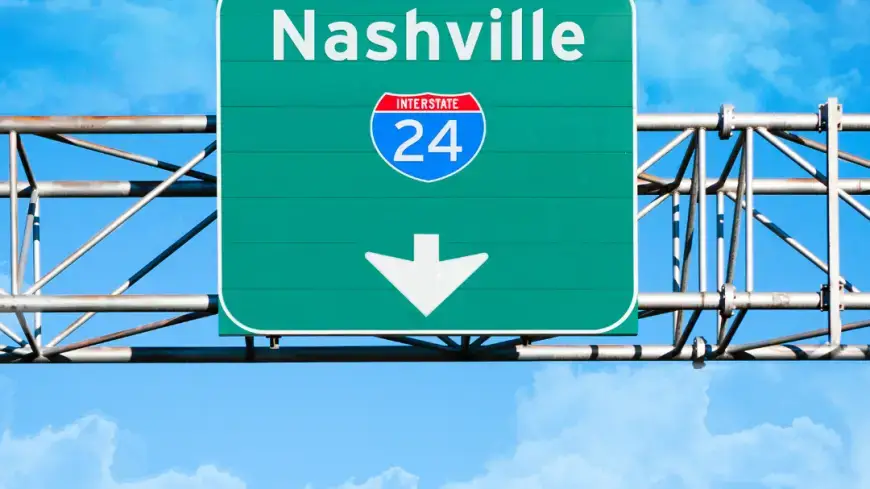The Dwight D. Eisenhower National System of Interstate and Defense Highways, also known simply as The United States Interstate System, was first authorized in 1956 to help with the movement of people and goods. Spanning a sprawling 47,000 miles and connecting nearly every major city in the United States, you’ll find interstates marked by large blue and white shields. You can’t miss them.
#DidYouKnow the Interstate System is numbered in a very particular way?
• North-South routes are assigned odd number and increase from West to East.
• East-West routes are assigned even numbers and increase from North to South.
If you think maintaining tens of thousands of miles of highway seems daunting, you’re right. Some funds come from federal fuel taxes, but State and local governments contribute as well. High-quality asphalt or concrete surfaces help to support the traffic and minimize the wear and tear.
This essential part of U.S. infrastructure looks a lot different than it did almost 70 years ago. HOV lanes, express lanes, smart traffic management systems, and electrification for electric vehicles have all been added, making them even more efficient. Work continues to be done to add more environmentally friendly tech and improve sustainability.
Learn more about how our pavement experts are extending the life of roads and shaping future standards.


